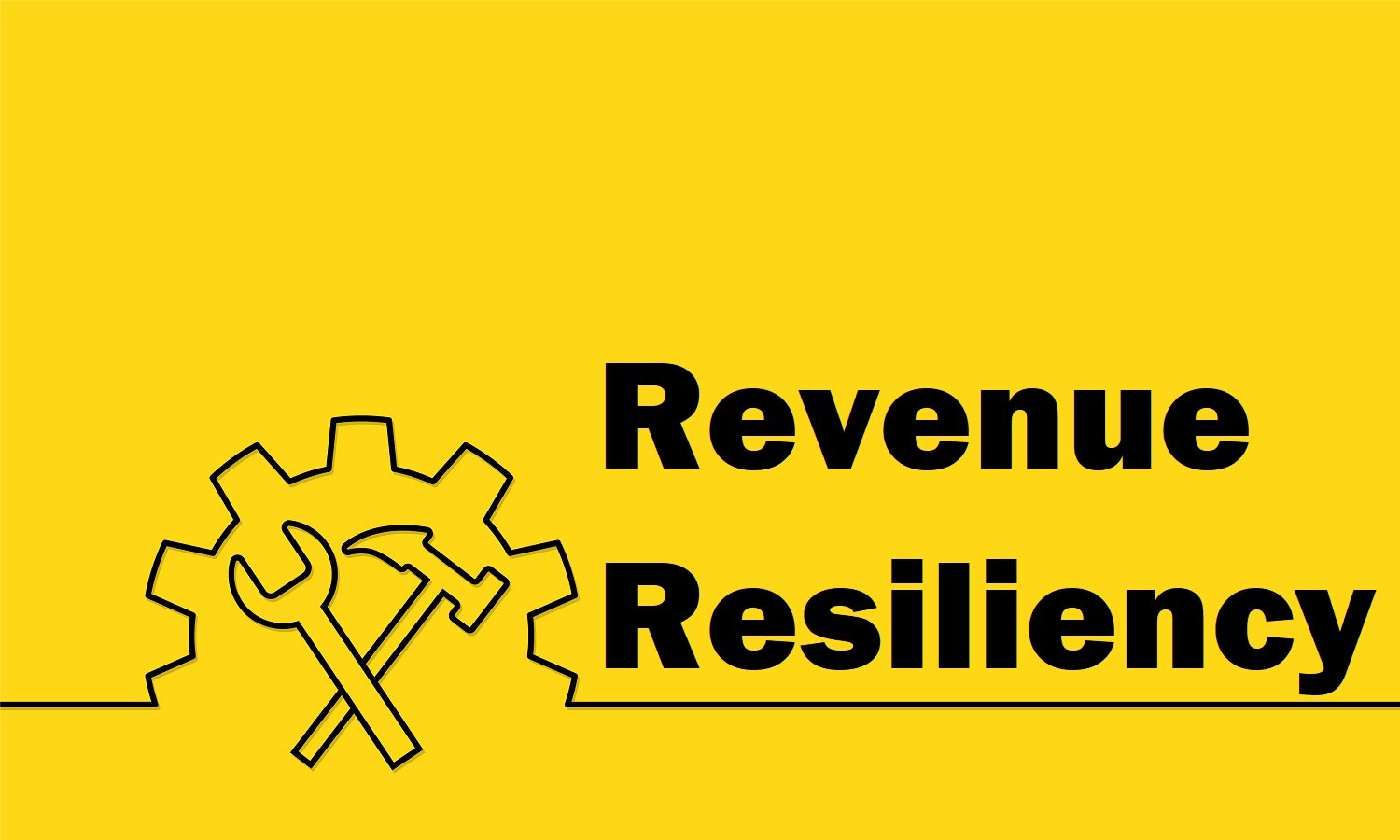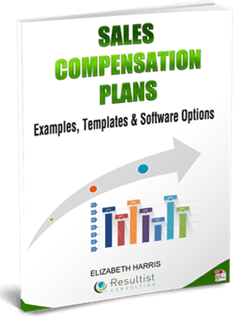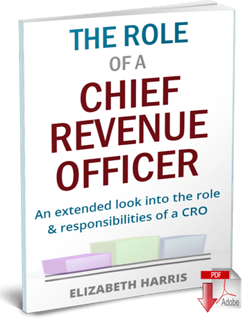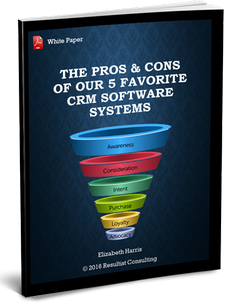Over a decade ago, an article in the International Journal of Management, Business, and Administration defined a change agent in the following way:
“A change agent is anyone who has the skill and power to stimulate, facilitate, and coordinate the change effort. Change agents may be either external or internal. The success of any change effort depends heavily on the quality and workability of the relationship between the change agent and the key decision makers within the organization.”
And in the time since, this definition has remained relevant while the use of the term “change agent” has become more widespread.
However, this term has not always been looked upon favorably. Back in 2016 Forbes published an article declaring change agents “a hoax” and setting the internet ablaze with well-articulated counter perspectives arguing the importance of change agents. In the years since, the business world has come to embrace the idea of change agents and understand the value that they can bring to organizations undergoing significant changes.











